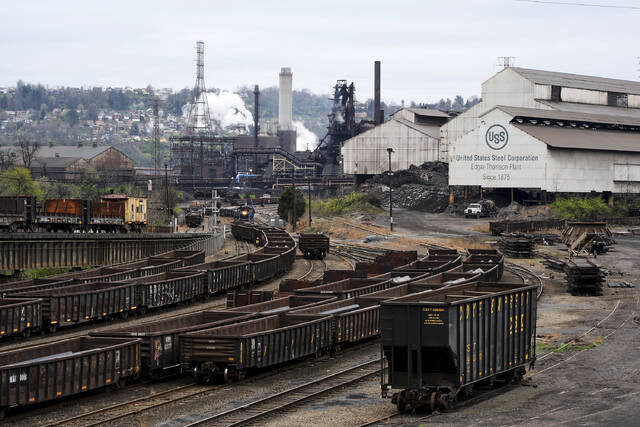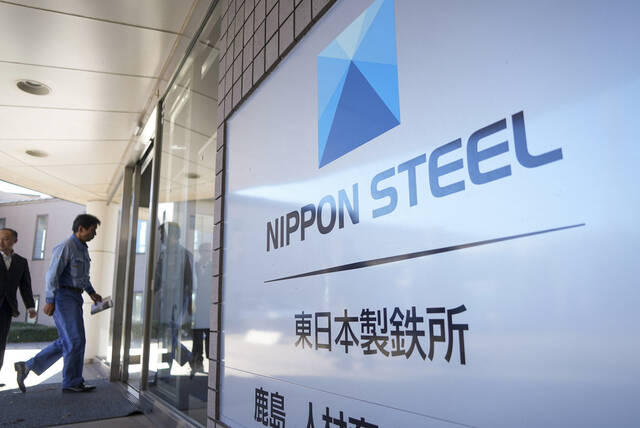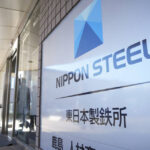U.S. Steel is facing significant challenges in its early days under Nippon Steel, according to financial reports released Wednesday, but the Japanese firm remains confident its nearly $15 billion purchase will pay off.
Nippon cited weak domestic demand in the U.S., market uncertainty and costs from the deadly Clairton Coke Works explosion in August as factors weighing down U.S. Steel.
Demand for steel has held firm in the U.S. automotive sector, according to Nippon, but is sluggish in the construction business due to labor shortages and high mortgage rates.
U.S. Steel nonetheless turned a $100 million profit last quarter.
Despite those results, Nippon’s downbeat assessment of the American steel market reflects real concerns about U.S. Steel’s short-term performance, according to Laura Hodges, a steel industry analyst with MEPS International.
The United Steelworkers union, representing about 11,000 U.S. Steel workers, did not return a request for comment.
Across its entire business, Nippon has lost $740 million since April, the start of the Japanese fiscal year. It’s forecasting a $392 million total loss by the end of the fiscal year, including one-off costs associated with the June takeover of U.S. Steel.
Next fiscal year will be more fruitful, Nippon projects, as the company maximizes the potential of U.S. Steel’s facilities and high tariffs drive the need for domestic steel.
In June, the Trump administration implemented a 50% baseline import tax on steel, though some countries have successfully negotiated lower rates.
By 2030, Nippon expects efficiency gains and its ongoing $14 billion spending spree on U.S. Steel facilities to generate $3 billion in additional annual gross earnings.
These investments include $2.4 billion for Southwestern Pennsylvania’s Mon Valley Works. The Edgar Thomson Works, which straddles Braddock and North Braddock, is in line to receive a new hot strip mill and a $100 million slag recycler to turn waste material into a useful commodity.
“U.S. Steel’s current earnings structure is very fragile, but executive investments will be an extremely effective measure to improve profitability,” Nippon Vice Chairman Takahiro Mori told reporters Wednesday, according to Reuters.
Together, Nippon and U.S. Steel can produce about 82 million tons of crude steel a year, moving Nippon closer to its annual capacity goal of 100 million tons.
Nippon had the world’s fourth largest crude steel output last year, according to the World Steel Association, while U.S. Steel ranked 29th.











